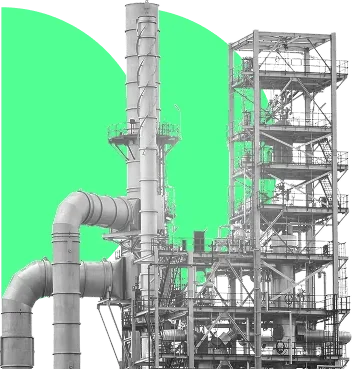Challenge
A tier-one pump maker needed to ramp a new mixed-model assembly line from 12 to 21 units/day in six months, without sacrificing safety, quality, or team well-being. The line suffered from batching, WIP bottlenecks, manual handling, and variability driven by judgment-based scheduling.
What We Did
Duggan designed end-to-end value streams from receiving through paint and shipping: implemented FIFO and one-piece flow, standardized work for normal and abnormal conditions, Takt / pitch visual controls, mobile carts that travel with each unit, and a daily disruption-review cadence.
Implementation Highlights
- Assembly flow: FIFO lanes; workload balancing via standard work charts; unit-travelling pump carts replaced pallets.
- Paint & ship: One-piece flow, product-family grouping, and real-time pitch tracking to trigger immediate correction.
- Parts & kitting: Shadow mats, ergonomic presentation, and new crane assists for Line-up movement.
- Fast feedback: Daily flow-disruption reviews with frontline ownership and countermeasures.
- Capability building: Standard work for abnormal flow; multi-role training across paint, ship, and assembly.
Results
- Throughput up: Early production hit 15 units/day on the new line (+33% from baseline) and remained on track for the 21/day target.
- Lead time down: Customer lead time compressed to 14-28 days from order to shipment; visibility and team accountability increased via visual flow tracking.
- Assemble-to-Order family: Lead time reduced from 4 days to 6.5 hours, an 80% reduction, achieved by one-piece flow, clean starts, and FIFO controls across assembly-to-test.
- Valve family: Lead time reduced from 5.1 days to 3.5 days, a 31% reduction. This was implemented alongside an ATO path that contrasts sharply with the historical average of >12 weeks for similar valve orders, underscoring the step-change in responsiveness.
- Safety and ergonomics: Reduced manual handling and established safer movement at key stations via carts, layout, and lifting aids.
Why It Worked
- Value Stream Design before tools: A single, end-to-end flow with clear normal vs. abnormal conditions made status self-evident and correction automatic.
- Visual, Takt-driven execution: FIFO, one-piece flow, Takt/pitch visuals, and single-point scheduling removed reliance on management intervention.

